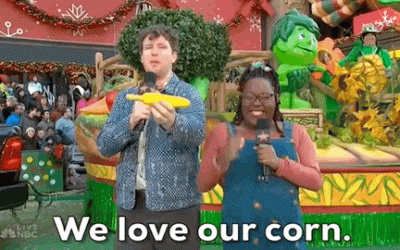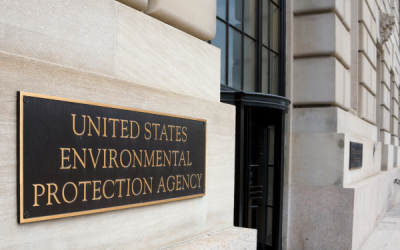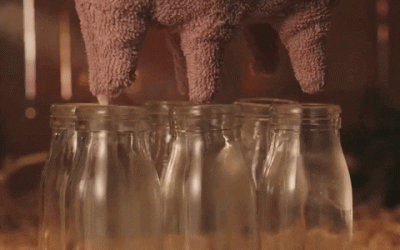The answer for keeping pests away isn’t black or white. It’s not even blue or green; it’s red.
While bug netting of the past was typically black or white, sometimes blue or green, red netting was never used.
But after diving in a little deeper after a 2015 study showed that crops irradiated with red light kept onion thrips (some pesky insects) off plants, the University of Tokyo decided to look into the potential of using red netting.
Knowledge is Power: Professor Masami Shimoda and colleagues experimented with red net color combinations in red-white, red-black, and red-red in 2-, 1-, and 0.8-mm mesh-gap sizes.
The nets were hung over Kujo leeks (Welsh onion) to protect them from onion thrips. These thrips eat plants and spread dangerous viruses to them.
Red is best: After running tests on a few plots, the plot completely netted (ceiling and sides) reduced the number of insecticide applications required by 25-50%compared to the completely uncovered plot.
Soundbite: “These new red nets are more expensive than pesticides, but they are economical because they can be used for years. They are also very effective in controlling pests without all the work involved in spraying pesticides.” – Professor Shimoda
Shimoda hopes that nets that don’t appear red (at least to the human eye) will have the same effect on pests in the future. This would lower manufacturing costs and make the nets more durable.
Fun fact: While researchers tested nets with various hole sizes, they found that the size did not matter, only color. Which is good news, as larger holes allow plants to breathe better, provide more access to sunlight, and lower the risk of fungus spreading.
Bonus: it’s easier for farmers to work inside with better airflow.
Short Corn Packs a Punch
Dynamite comes in small packages—which can be true with new seed technology. What’s...
Congress to EPA: What’s Your BEEF with Meat Packers?
The Environmental Protection Agency (EPA) is considering new regulations that take aim at meat and poultry processors.
And some members of Congress have a BEEF with the EPA’s proposals.
The proposed rules: In late January, the EPA released the details of its proposed “Clean Water Effluent Limitations Guidelines and Standards for the Meat and Poultry Products Point source category.”
Huh?
Basically, the EPA formally published its proposals to combat wastewater contaminants that come from slaughterhouses.
Okay… that makes more sense.
At the heart of the rules proposal is a concern from environmental groups about nitrogen and phosphorus pollutants that originate from slaughterhouses. In some cases, the wastewater goes directly into waterways. In other cases, the water goes to municipal wastewater treatment facilities.
But not everyone is on board with the EPA’s suggestions…
Congress responds: Last week, two U.S. representatives—Eric Burlison (MO) and Ron Estes (KS)—pushed back against the EPA and introduced the “Banning EPA’s Encroachment of Facilities (BEEF) Act.” If passed and signed by President Biden, the law would prohibit the EPA from finalizing, implementing, or enforcing the rule.
According to the lawmakers, the proposed rules place undue burden on small processors—costs that can be absorbed by larger companies.
Soundbite: “The… proposed regulation isn’t just an attack on family-run small businesses, it’s an attack on rural communities,” said Burlison. “These meat and poultry processors are the lifeblood of our communities. The BEEF Act… lets these hardworking Americans do what they do best, produce safe, affordable food for our families.”
University of Illinois Makes Big Mooves in Milk Production
Pump it up: Scientists led by Matt Wheeler at the University of Illinois Urbana-Champaign are...




